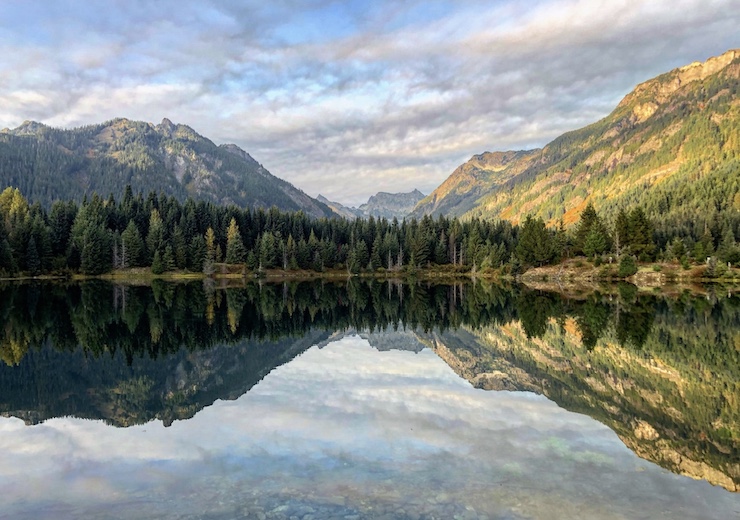
Dr. Erin Bunting was born and raised in Florida. A lifelong Gator, she proudly attended the University of Florida as an undergraduate. While there, Erin was enrolled in an Extreme Weather class that forever changed her outlook on the world and the path of her life. Taking the class, Erin had an epiphany about how the field of geography was closely linked to her existing interests in environmental sciences, ecology, and climate issues. After finishing her post doctoral studies in 2017 at the United States Geological Survey with the Southwest Biological Science Center in Flagstaff, Arizona, Erin joined the staff at Michigan State University (MSU), going on to become the director of the Remote Sensing & Geographical Information Systems Research and Outreach Services (RS&GIS) department.
As a broadly trained geographer with expertise in drone documented spatial analysis, Erin says “my work is in the field of global environmental change and coupled natural-human system, focusing primarily on climate-induced socio-ecological change. My research is grounded in three theoretical frameworks: risk-hazards, resilience, and sustainable livelihoods.” The Great Lakes of Michigan provide an ideal environment to study the dual relationships between human and environmental ecosystems. Storm surges and high winds have seen the Great Lakes’ coastal cliffs crumble and the shoreline reduced.
With the help of her colleagues, Associate Professor Elizabeth Mack and Assistant Professor Dr. Ethan Theuerkauf, Erin wrote a grant proposal to the National Science Foundation, Coastlines and People Initiative, titled Development of a Drone-Based Coastal Change Monitoring Program through Citizen Science Partnership and Capacity Building. In 2019, Erin’s proposal was accepted, and she was awarded $300,000 to initiate a program she calls the Interdisciplinary Citizen-based Coastal Remote Sensing for Adaptive Management (IC-CREAM).
IC-CREAM began in January of 2020 and is respected to run through the end of December 2022. The ultimate goal of IC-CREAM is to gather a large geospatial database of the Great Lakes coastal regions. By using drones to continually gather data, the images can be used to show erosion progression and pinpoint areas of greatest concern. This data can then be used by communities and coastal management teams to develop corrective and preventative measures. Using drones in such research capacities is nothing new, but Erin’s IC-CREAM program is unique in that it enlists the greater community to help the limited number of available scientists collect data.
Erin began IC-CREAM by first training locals from a dozen coastal communities, like Dan Laskey and Mandi Niedzielski, as to how to use drones to become citizen scientists. With a large team consisting of MSU professors, students, and citizen scientists, Erin can monitor the Great Lakes comprehensively. Since the training program ended and the members of IC-CREAM began gathering drone data in June, Erin has received more than 1,200 images to be analyzed. “Results will be shared with the citizen scientists who will assist the research team in communicating the findings publicly,” Erin stated in her grant proposal. “This project will be the first step towards developing a collaborative and coordinated researcher and stakeholder network focused on coastal hazards in the Great Lakes and will be a model for other coastal regions nationally.”
|